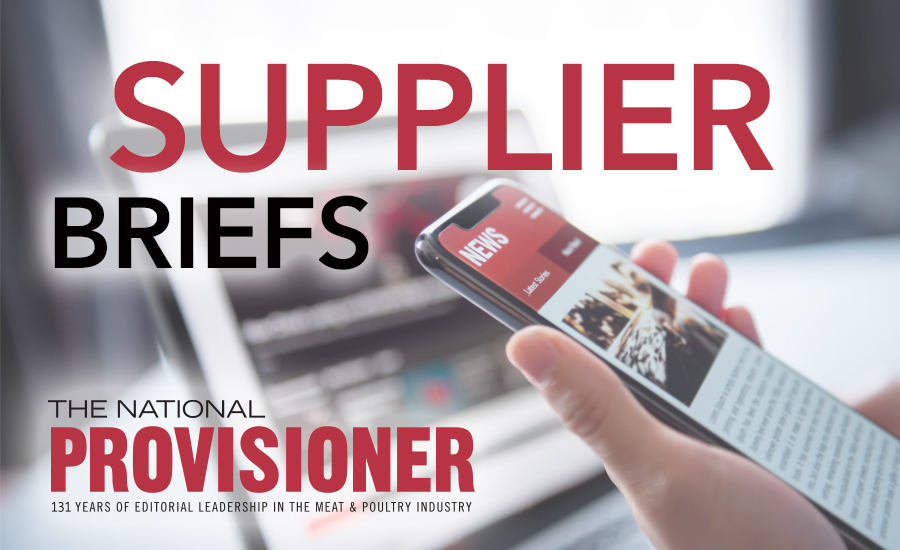Latest Fleet Advantage industry report illustrates significant advantages of unbundled leases versus full-service leases for heavy-duty truck equipment

Fleet Advantage, a leading innovator in truck fleet business analytics, equipment financing, and life cycle cost management (LCCM), released its latest white paper: “How Unbundling Your Full-Service Lease Can Save You Millions - Separating an FSL can save between 15%-25% in operating cash. Why give away cash that you will never get back?” The report illustrates the significant organizational flexibility and financial gains associated with an Unbundled Lease agreement compared with fleets that use a Full-Service Lease (FSL). Click here to download the report.
The principal difference between an FSL and an Unbundled Lease is that FSL is NOT transparent to the customer. In an FSL agreement, fleets essentially hand over all decision-making on fuel and maintenance & repair (M&R) costs to their lease provider, instead only focusing on a “bundled” monthly payment. This type of contract can be detrimental to a fleet’s bottom line.
In an Unbundled Lease agreement, fleets have greater flexibility on these individual costs, but also the freedom to upgrade and scale through flexible leasing, guaranteeing the lowest-possible financial costs involved with truck fleet asset management and truck acquisition. This need for additional flexibility was evident in 2020, where a recent industry survey showed that more than a quarter of fleets1 (27%) had to downsize their total number of trucks due to COVID-19 economic pressures.
The report also addresses that M&R is “front loaded” in an FSL. Companies will pay a minimum of 7 cents per mile in year one versus 2 cents per mile when unbundling. For fleets sensitive to their bottom line, it is not ideal to pay 7+ cents per mile in year one when the national average is two cents, and the truck is covered under warranty for at least two years.
This report investigates several other key areas, including:
- The difference between an Unbundled (UBL) and Full-Service Lease (FSL) by definition
- Importance of flexibility in lease options in today’s environment
- Demystifying fuel and maintenance costs in an FSL
- Building trucks with custom truck specifications
- Significant finance savings found when comparing UBL vs. FSL
- End of lease - FSL limitations
- When to plan your FSL exit
- Choosing the right UBL partner - why accurate data analytics can help you plan
Click here to download the report.
“Particularly in today’s economy, it’s important that companies recognize they must be as flexible as possible with their own business models,” said John Flynn, CEO of Fleet Advantage. “We saw this early on in the way organizations servicing restaurants needed to reallocate their trucks and resources to help with the demand in other areas such as grocery. This has created a shift in some fleets and the way they approach their own business models, and Unbundled Lease structures allow for this flexibility.”
Looking for a reprint of this article?
From high-res PDFs to custom plaques, order your copy today!







